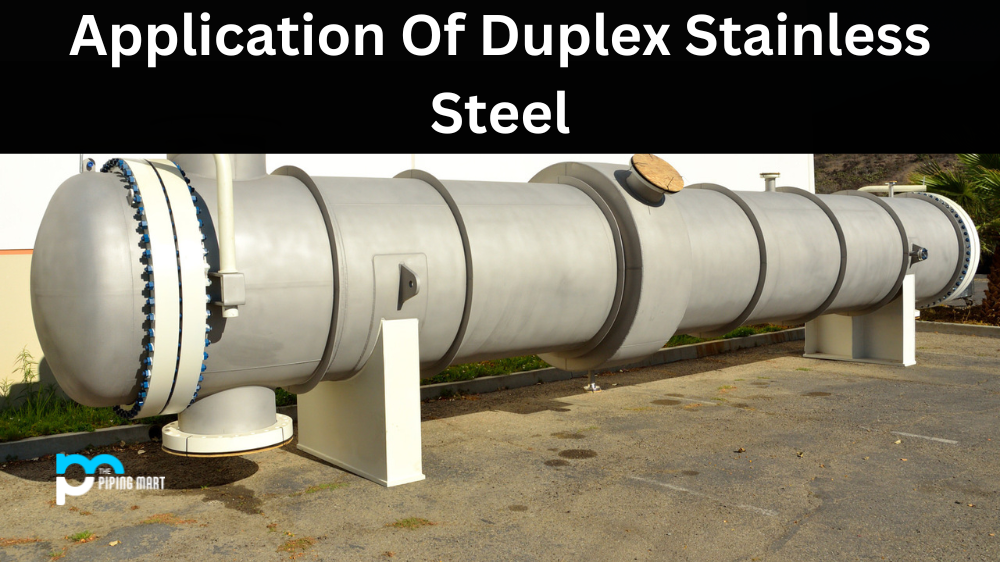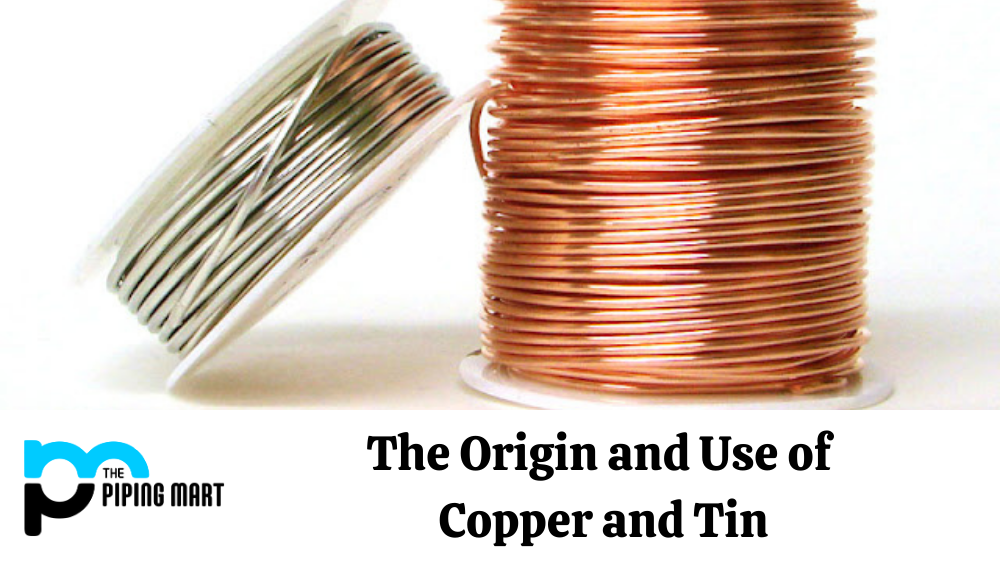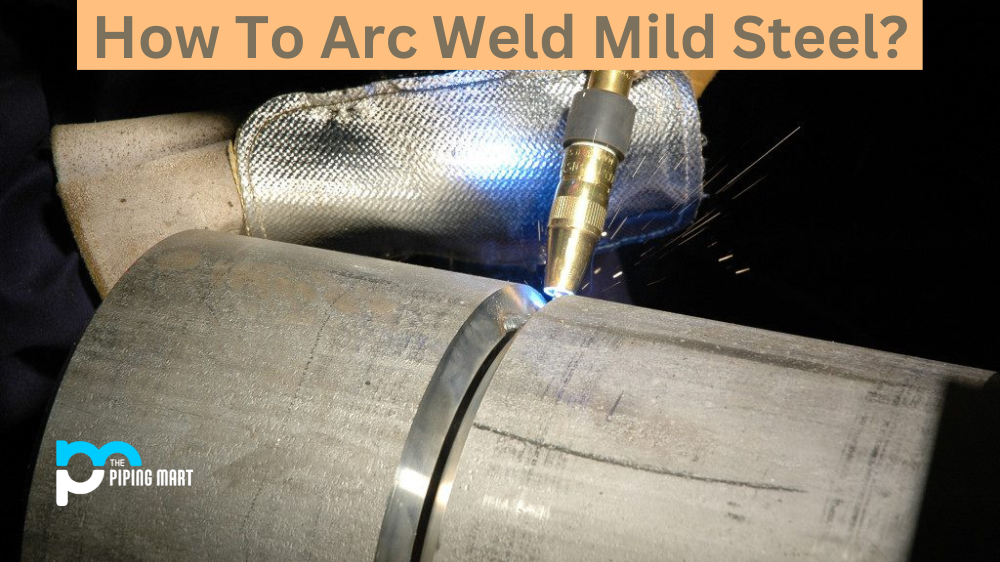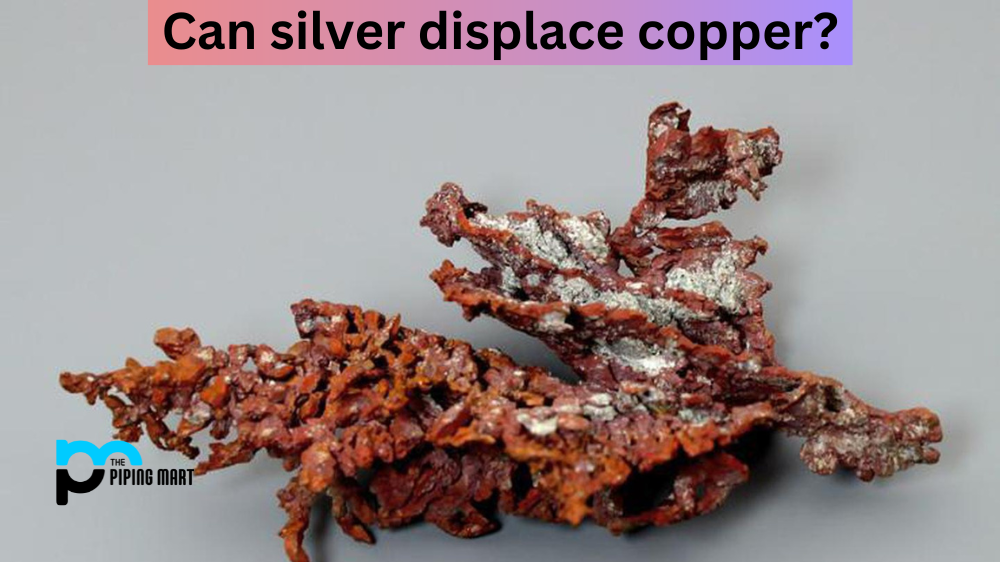Duplex stainless steel is an alloy that has highly desirable characteristics for application in a wide range of industries. With its combination of strength, corrosion resistance, and formability, duplex stainless steel is becoming increasingly popular compared to austenitic grades due to the various design possibilities it offers. This blog post will discuss the various applications that benefit from using duplex stainless steel as well as helpful tips for ensuring successful project outcomes when using this material. Read on to learn about all the advantages that come with incorporating duplex stainless steel into your designs!
What is duplex stainless steel?
A two-phase microstructure comprising austenitic and ferritic steels is seen in duplex stainless steels. The proportions of the components that create ferrite and austenite in a given composition determine the mechanical properties of duplex stainless steel. The main alloying elements (other than iron) for the most common 2205 grade are chromium (21-23%), nickel (4.5-6.5%), and molybdenum (2.5-3.5%).
This enables them to make use of the benefits of both austenitic and ferritic stainless steel, resulting in enhanced strength, improved weldability, higher toughness, and resistance to various types of corrosion. Due to their reduced nickel content, they are also more affordable on a commercial level than austenitic stainless steels.
Duplex stainless steel uses
Duplex stainless steels are only utilized in a limited number of applications because of their poor formability and machinability, as well as the fact that their manufacturing requires a more involved metallurgical process than ferritic, austenitic, and martensitic stainless steels.
Paper production
When making containers for bleach and other corrosive liquids in the paper-making process, duplex stainless steels are chosen over austenitic and ferritic stainless steels.
Desalination
Desalination of seawater, which exposes materials to extremely corrosive chlorine in a high atmosphere, is a reliable test for corrosion resistance. The preferred material for creating evaporators is duplex stainless steel. Because duplex stainless steels have greater strength and corrosion resistance, they can also be produced with thinner cross sections.
Oil and gas
Components like pumps, pipes, and manifolds that require strong resistance to pitting and crevice corrosion, which are essential in the oil and gas industry, may now be produced due to the development of duplex stainless steels with PRE numbers exceeding 40.
Construction
When building load-bearing parts that also need to be corrosion-resistant, duplex stainless steel is used. Common uses include building bridges over a body of water or constructions that are close to the water.
Food and drink storage
Because they are very inexpensive while maintaining outstanding corrosion resistance and strength, duplex steel can be used for the storage of food and drinks.
Transportation
The efficiency, durability, and corrosion resistance of truck tanks and trailers manufactured of such high-strength stainless steel are unmatched. Additionally, they are less expensive than carbon steel alternatives that are more common. The hull of a ship, as well as the chemical tanks and shipping containers these ships transport, are all made of duplex stainless steel in the maritime industry. In the equipment for exhaust scrubbers, they are also utilized.
Even the rail industry is utilizing duplex stainless steel to increase the safety of passenger railcars by utilizing its superior energy absorption and corrosion resistance.
Equipment
Duplex has replaced other materials as the preferred option for a variety of industrial machinery, including pipes, tanks, pressure vessels, heat exchangers, and food and beverage storage containers, due to its strength, durability, and ease of cleaning. Storage containers made of duplex stainless steel endure a lifetime with little to no maintenance because of their superior corrosion resistance.
Some other applications are chemical processing, heat exchangers, cooling pipes, structural and mechanical components, solar power, nuclear power, etc.

Pipingmart is a B2B portal that specializes in metal, industrial and piping items. Additionally, we share the latest information and information about materials, products and various types of grades to assist businesses that are involved in this business.




